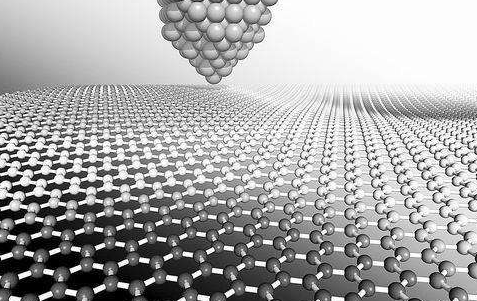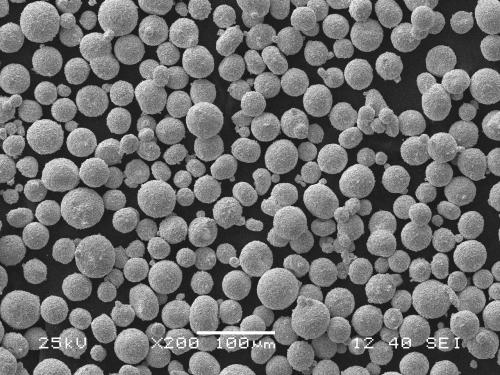Heated Discussion on Lithium Iron Phosphate Battery Charger
Jul 19, 2019 Pageview:2230
Lithium iron batteries, having high vitality thickness like up to 705· Wh/L and power thickness up to 10,000· W/L offers incredible working and high capacity. Since lithium iron batteries are rechargeable batteries, that’s why they fill in as power sources in different applications. Temperature, as a basic factor, essentially impacts on the exhibition of lithium iron batteries and also restrains the use of lithium iron batteries. In addition, distinctive temperature conditions bring about various unfavorable impacts. Exact estimation of the temperature inside lithium iron batteries and understanding the temperature impacts are significant for the best possible battery the board. So, here we are going to talk about different origins of lithium iron battery charging and its effects.
How do you charge a lithium iron phosphate battery·
There are different types of techniques to charge lithium iron batteries which involves different processes and steps to perform. all of these techniques offer different offers and safety measures to concern. So, here are some of the ways in which lithium iron batteries can be charged:
· Conventional charging
During the convention charging process of Lithium iron battery, a customary Li-ion Battery needs two stages to be completely charged.
In the first step, the charger utilises direct current to reach about 60 to 70 percent State of Charge. The second step happens when charge voltage achieves 3.65V per cell, which is the maximum limit of powerful charging voltage. Abandoning constant current to constant voltage implies that the charge current is constrained by what the battery will acknowledge at that voltage, so the charging after current decreases asymptotically, similarly as a capacitor charged through a resistor will achieve the final voltage asymptotically.
To put a clock to the procedure, Step 1 needs around one to two hours and Step 2 needs an additional two hours. Since an overvoltage can be connected to the battery without breaking down the electrolyte, it very well may be charged by just one stage of constant current to achieve 95% stage of charge or be charged by constant current and constant voltage to get 100% stage of charge. This resembles the way lead-acid batteries are securely power charged. So, the minimal overall charging time will be around two hours.
· Large Overcharge Tolerance
A LiCoO2 battery has a thin overcharge tolerance, about 0.1V over the 4.2V per cell charging voltage level, which adds the maximum limit of the charge voltage. Constant charging over 4.3V would either harm the battery execution, for example, cycle life or result in fire or blast.
A lithium battery has a lot more extensive overcharge tolerance of about 0.7V from its charging voltage level of 3.5V per cell. A lithium iron battery can be securely overcharged to 4.2 volts per cell, yet higher voltages will begin to separate the natural electrolytes. In any case, it is entirely expected to charge a 12 volt, 4-cell arrangement pack with a Lead Acid battery charger. The greatest voltage of these chargers, regardless of whether AC powered, or utilising a vehicle's alternator, is 14.4 volts. This works fine yet Lead Acid chargers will bring down their voltage to 13.8 volts for the float charge thus will more often terminate before the lithium iron pack is at 100%. That’s why a lithium iron charger is required to dependably get to 100% of its capacity.
· Four times the higher energy density than a Lead-acid battery
A Lead acid battery is quite a water system. The single cell voltage is ostensibly 2V during release. Its particular limit is just 44Ah/kg. In correlation, the Lithium iron cell is a non-fluid system, having 3.2V as its formal voltage during discharge. Its particular limit is more than 145Ah/kg. In this way, the gravimetric vitality thickness of lithium iron battery is 130Wh/kg, multiple times higher than that of Lead-acid battery. The four-times higher thickness makes lithium iron cells substantially more considerable in technical utilization than Lead-acid cells.
Can you charge a lithium iron phosphate battery with a regular battery charger·
A Lithium LiFePO4 charger is a voltage-constraining gadget that has quite similar properties to the lead acid system. The distinctions with Lithium iron lie in a higher voltage for each cell, more tightly voltage resistances and the nonattendance of the stream or float charge at full charge. While lead-acid offers some adaptability regarding voltage cut off, producers of LiFePO4 cells are exacting on the right setting since Li-ion can't acknowledge overcharge. The alleged marvel charger that guarantees to drag out battery life and increase additional capacity with pulses and different contrivances does not exist. LiFePO4 is a spotless system and just takes what it can absorb.
Lithium chargers depend on a constant voltage/constant current charge calculation. As far as possible the measure of current to a pre-set level until the battery comes to a pre-set voltage level. The current at that point decreases as the battery turns out to be completely charged. This system permits fast charging without the danger of over-charging and is appropriate for Li-ion and other battery types.
Most of the lead-acid chargers nowadays have explicit charge calculations to suit Flooded/Gel/ AGM batteries which commonly require a 3 phase charge process. When the charger enters the bulk state, it will typically charge a lead acid battery at full current to approximately 80% limit. Now the charger will progress to the Absorption state.
Huge overcharged tolerance and self-balance normal for a lithium iron battery can balance circuit boards and increases the battery protection, bringing down their expense. The one-step charging procedure permits the utilisation of a simpler and normal power supply to charge the battery as opposed to utilising a costly Li-ion battery charger.
Should lithium iron phosphate battery be left on the charger·
Well, according to all the above-described aspects and statistics regarding lithium iron battery, it is quite understood that the lithium iron batteries have high overcharged tolerance. This thing refers that no matter you leave the lithium iron battery on the charger, it will not be affected at all and will tolerate perfectly the additional current and voltage coming to it.
So, it is highly preferred to use a lithium iron battery instead of any other battery because it is the best one among all.
- Prev Article: Do You Restore Lithium Ion Battery in Freezer?
- Next Article: How do you know about shipping lithium batteries by ground?
Leave Message
Hottest Categories
-
Hottest Industry News
-
Latest Industry News











